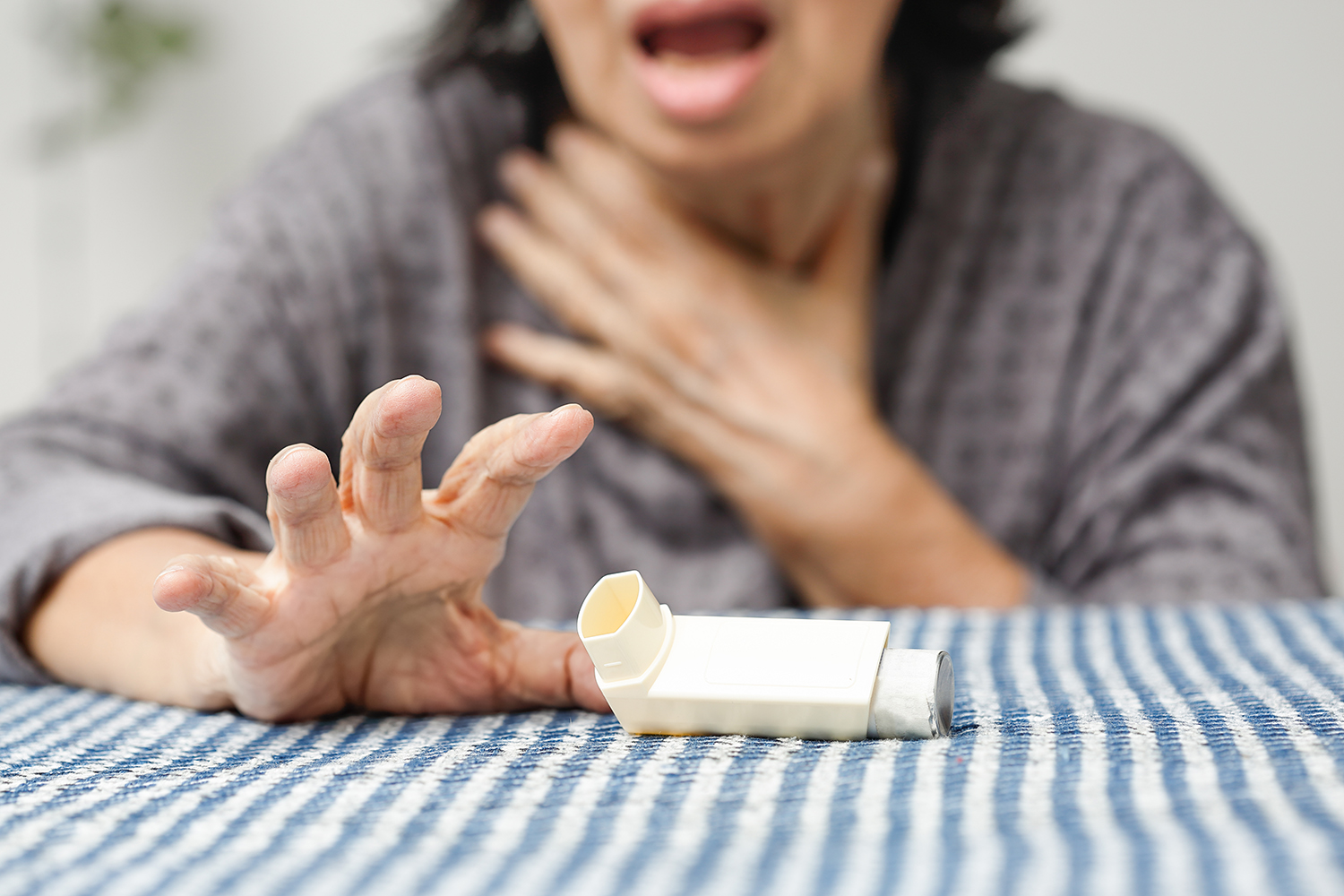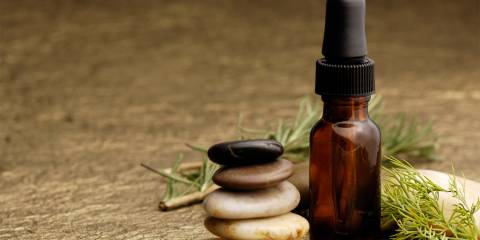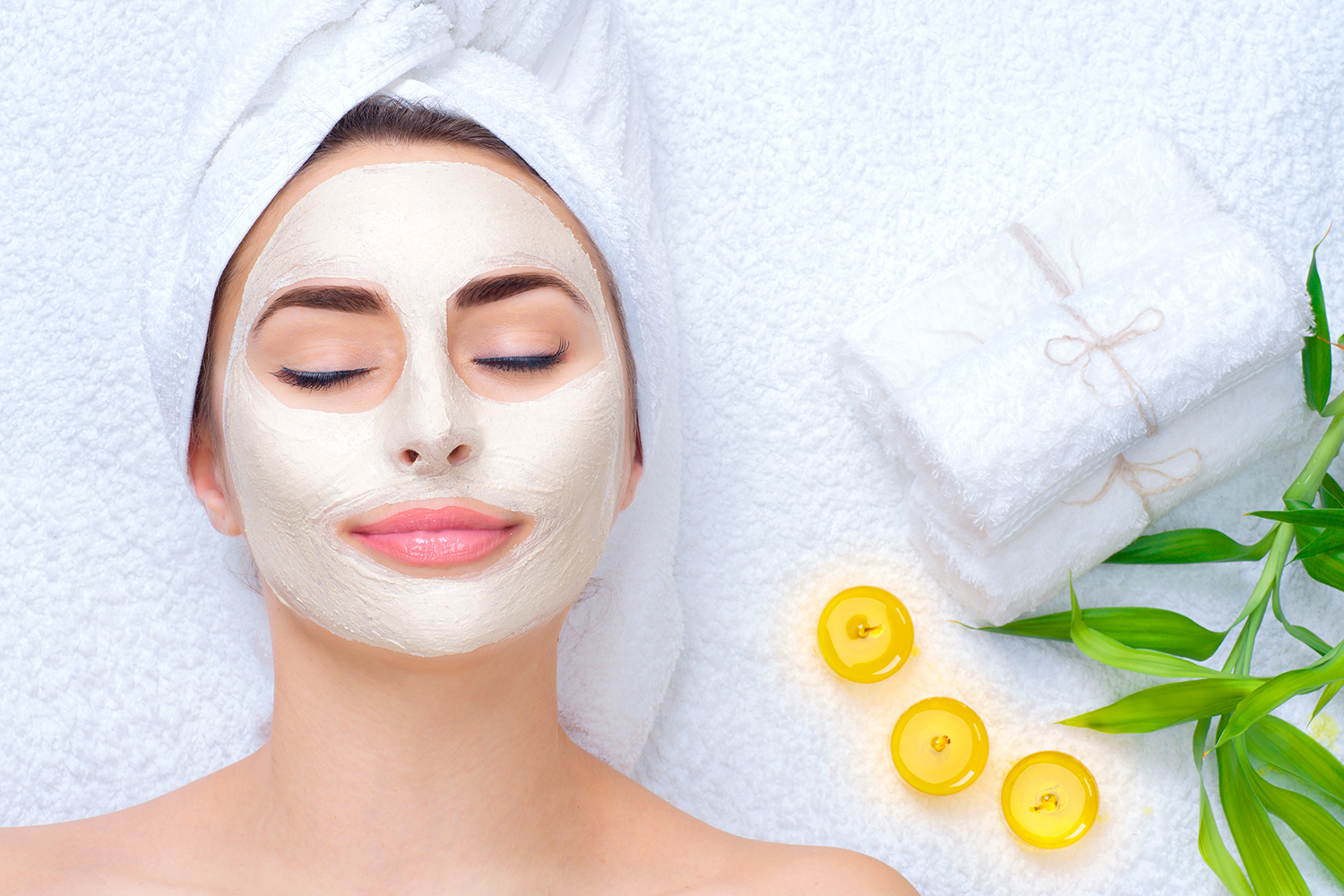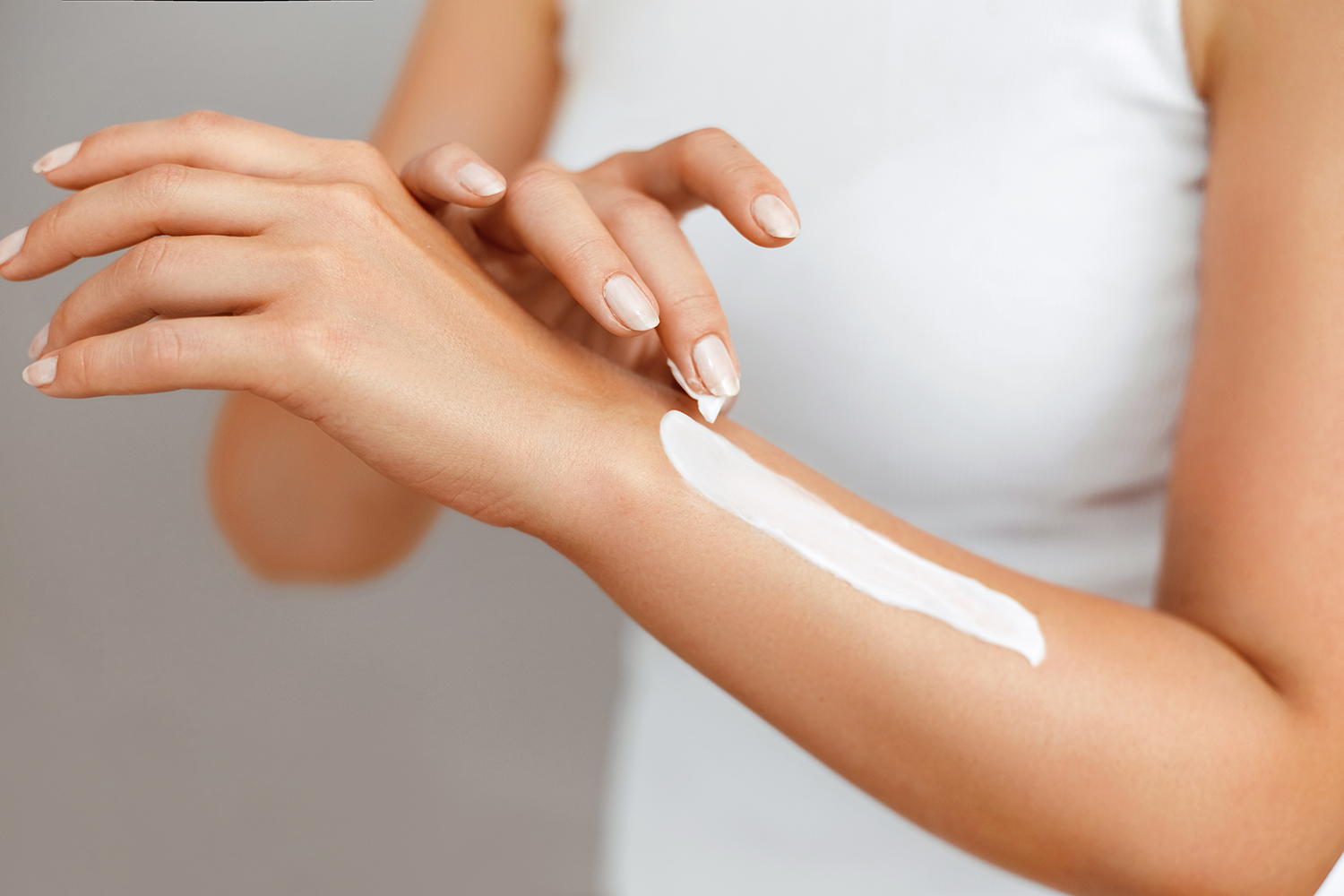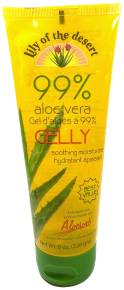Talk about adding insult to injury. Seventy-five percent of asthmatic adults ages 20 to 40 and 65 percent of adults ages 55 and older have at least one allergy, according to a study published in the Annals of Allergy, Asthma & Immunology.
Allergists have long known that children with asthma are likely to have allergies too, but this study shows that it’s far more common for adult asthmatics to also have allergies than previously thought.
Since asthma and allergies can strike at any age, hope (pardon the pun, allergy sufferers) springs eternal. Your allergies may disappear as quickly as they appeared.
What Is Asthma?
Asthma, a hereditary disease that causes the airways to become constricted or blocked, affects 26 million Americans. The connection between asthma and allergies is important to properly diagnose and treat both of these afflictions because often, allergens alone can cause asthmatic attacks.
Common Triggers for Asthma
- Allergens
- pollen
- pet dander
- mites
- dust
- foods
- shellfish
- peanuts
- Air-Borne Irritants
- smoke
- cigarettes
- barbeques
- fireplaces
- chemical fumes
- pesticides
- air fresheners
- cleaners
- paint
- perfume
- gasoline
- car exhaust
- smoke
- Respiratory Infections
- colds
- the flu
- Exercise
Natural Remedies for Asthma
Although over-the-counter remedies are available to mitigate allergic reactions, some can bring their own side effects.
Allergy sufferers may want to consider natural therapies to relieve their suffering. Always consult your health care professional first, but here are some solutions from Mother Nature.
-
Butterbur
This European herb in tablet form, taken four times a day, has been shown to be as effective as pharmaceutical antihistamines to combat hay fever.
-
Quercetin
A plant-derived flavonoid extracted from fruits, grains, vegetables, and leaves, it has been shown to be effective in controlling the histamines that trigger allergic reactions.
-
Spicy Foods
Sometimes, help is as close as your kitchen. Spicy foods can help clear the sinus passages by thinning mucus secretions.
- cayenne pepper
- hot ginger
- onion
- garlic
- fenugreek
